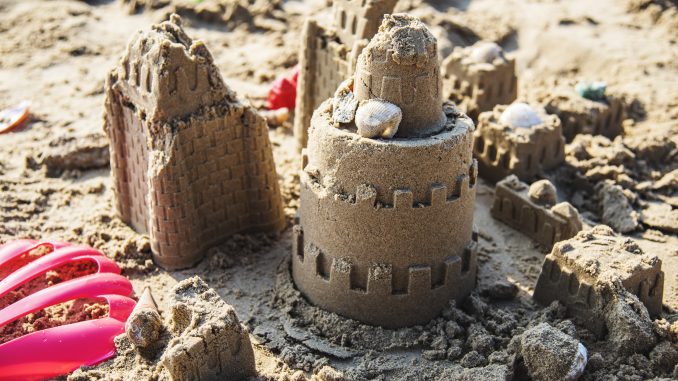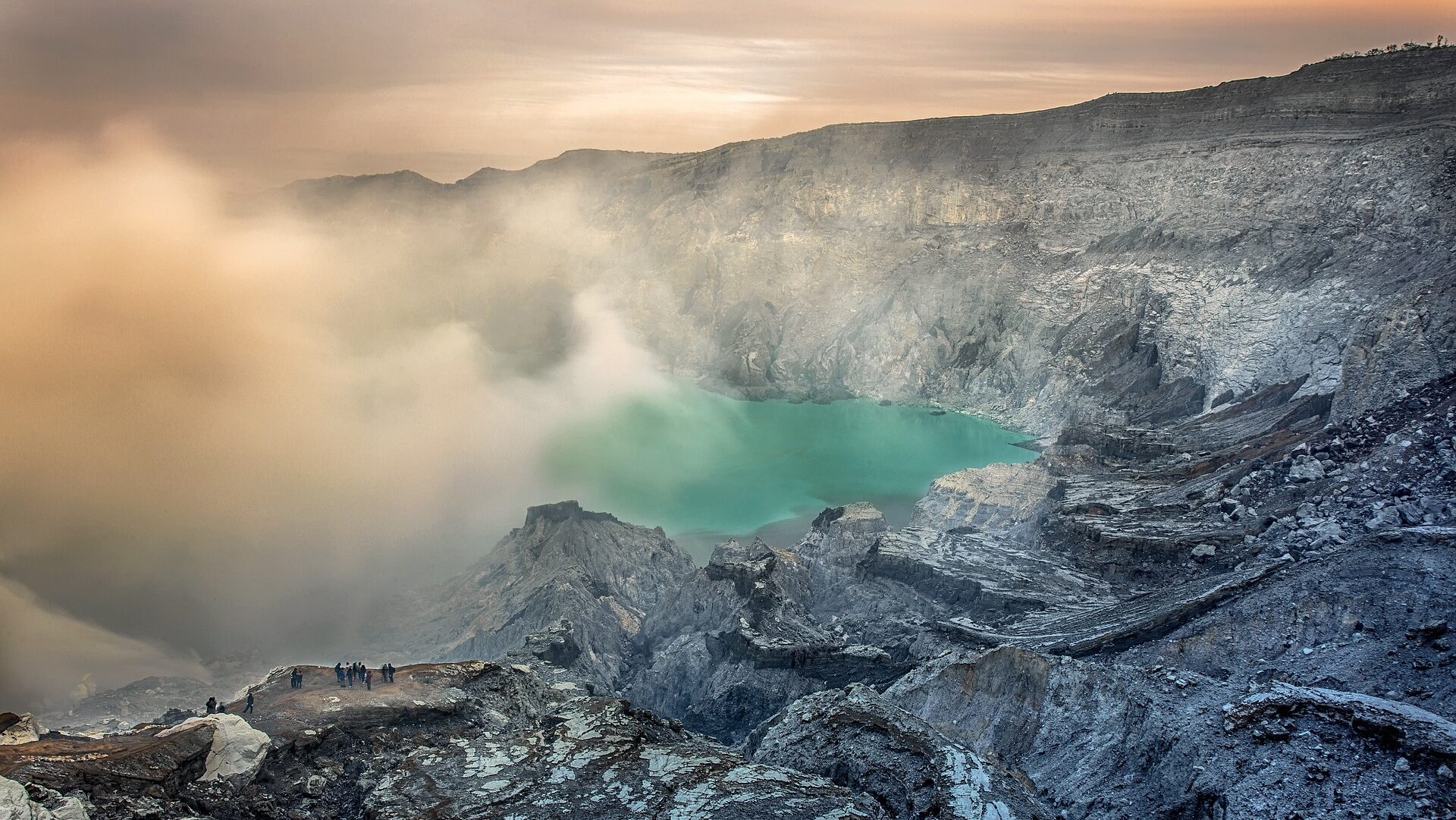Reading Time – 6 minutes, Difficulty Level 2/5
If we ask most people what they consider to be mankind’s greatest discovery, we would get a variety of answers. Some may say the wheel, others the light bulb or perhaps the compass. These are of course, inventions rather than discoveries as such. Outright ‘discoveries’ could be DNA or electricity or something else.
Thermodynamics is a branch of physical science that deals with the relations between heat and other forms of energy (such as mechanical, electrical, or chemical energy), and, by extension, of the relationships between all forms of energy.
So why might I postulate that one relatively obscure observation in the study of heating and cooling materials might just be the greatest discovery of all?
What is the second law?

The second law of thermodynamics states that ‘entropy always increases’. Entropy itself is essentially a measurement of how ‘disordered’ a system is. What we understand by this is that any system will trend from more ordered to less ordered.
Melting ice is a simple way to picture the second law of thermodynamics at work. As ice, individual molecules are in a fixed position, tightly ordered. As the ice melts those molecules detach from one another and are free to float around as water. If we heat that water until it turns to gas (steam), the molecules are then free to move independently through 3 dimensional space.
More ordered to less ordered through the 3 states of water.
Sandcastles
If we build a sandcastle on the beach we can estimate it is made from around 80 million grains of sand. (If you’re interested I’ve included the sandcastle maths at the end of the post!)
Those grains are packed into a bucket tightly and then turned out to form the sandcastle shape.
What would happen if we left that sandcastle out on the beach? I think we all know the answer, it would eventually succumb to the wind and other elements and nature would make it into a simple pile of sand.
So why wouldn’t the wind blow it across the beach and form another perfect sandcastle? The answer is surprising. Its impossible right? Actually, no, it’s totally possible, just very unlikely as the sandcastle is very ‘ordered’. There are very few ways to arrange the grains of sand to make that particular sandcastle.
There’s nothing in the laws of nature prevent it however.
We would describe the sandcastle as having low entropy, or very few ways we can arrange the grains to make it perfectly.
There are an infinite number of ways the grains can be arranged for us to recognize the sand as a pile.
Therefore, it has high entropy or many ways the grains can be arranged to make a simple pile of sand.
Nature takes an object with low entropy and turned it into an object, with high entropy.
The missing ingredient
Everything in nature follows this path. Even human beings that are highly ordered objects made from atoms, or very complex sandcastles if you prefer to think of it that way.
As we go about our daily tasks and move through life we will eventually reach old age and die. Our lifelong battle with the second law of thermodynamics will be lost and nature will do as it always has done and follow the law, reducing our bodies back to atoms.
The same is true with plants and animals, stars and planets. With everything in fact.
An important ingredient is missing from this explanation however. An ingredient which we have so far, overlooked. Something that needs to be present for the second law to continually repeat its pattern over and over.
We need time.
Follow your arrow
If we need time to allow the second law of thermodynamics to play out this suggests both a starting point and an eventual an end point. We describe this as the ‘arrow of time’ and it’s on this arrow we live our lives. It is our journey.
Human beings didn’t invent time. We only invented various ways to measure it. Time is an abstract concept.
The second law of thermodynamics shows that time is real. Its absolute proof that time is required for nature to play out its rules.
If we have proven the arrow of time then we can ask more profound questions such as, is it possible to traverse that line? What is the purpose of our journey as a civilisation along the arrow of time?
I think proof of the existence of time could easily be considered the greatest discovery of our civilisation.
The second law of thermodynamics inadvertently proved this abstract concept is very real and everyone and everything plays out their temporary existence on its arrow.
Sandcastle Maths
Typical beach sand is generally uniform in size, well sorted and well rounded, and not particularly coarse, let’s say typically 0.3mm in size.
This makes for around 30×30×30 per cubic centimetre, so let’s say 27,000 grains.
Now we come down to the castle. A typical kids beach bucket is around 15cm in average diameter and 15-20cm tall, which (using v = π r² × h) makes for around 3 litres, or 3,000 cm^3.
This makes about 80 million grains in an average sandcastle.
I’m the founder of The Average Scientist and also an Astrophysicist, a passionate Science Communicator and elected Fellow of the Royal Astronomical Society.
I regularly speak at various events, including our TAS Talks and theatre shows on subjects such as Astrophysics, Planetary Science and the Evolution of the Universe.










